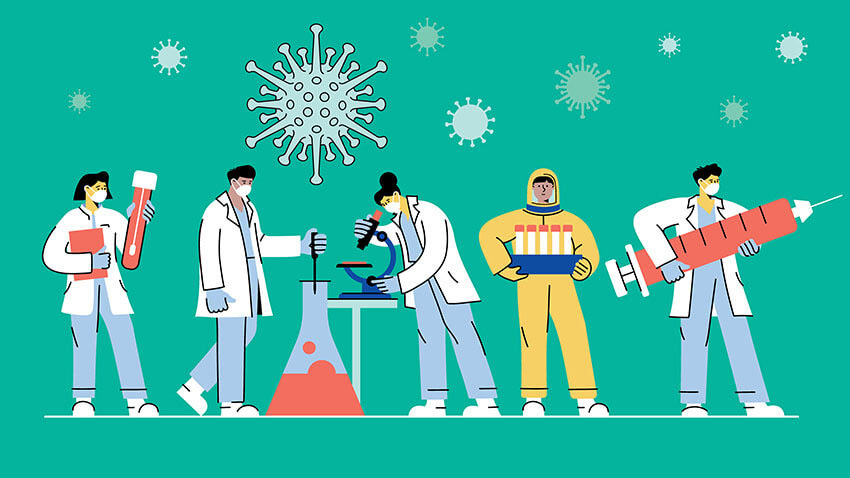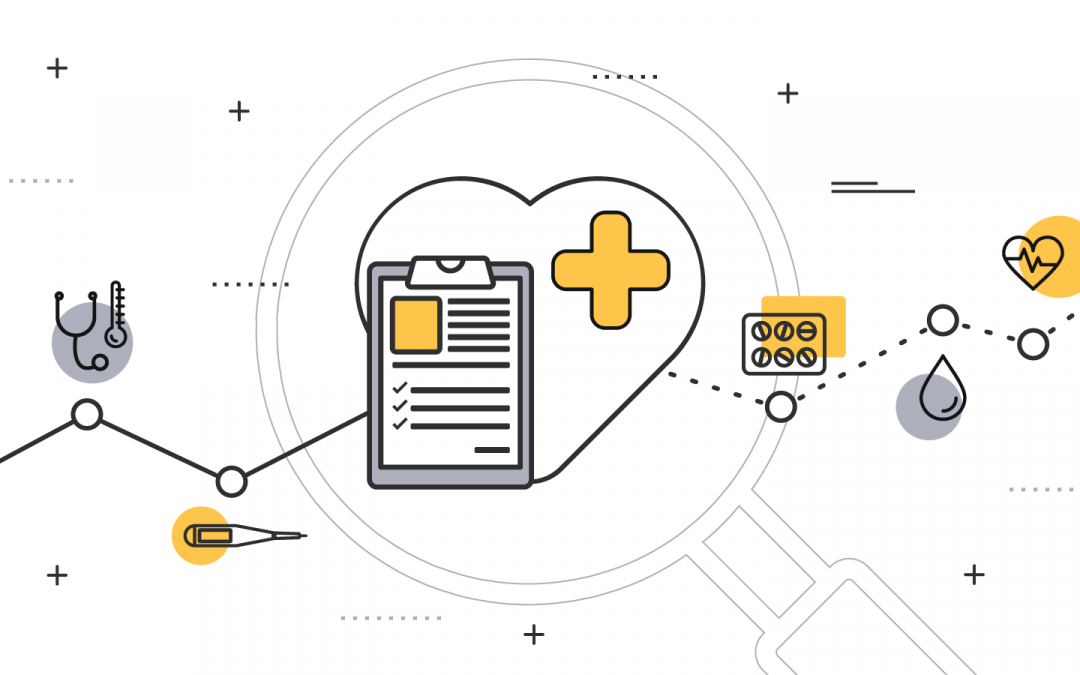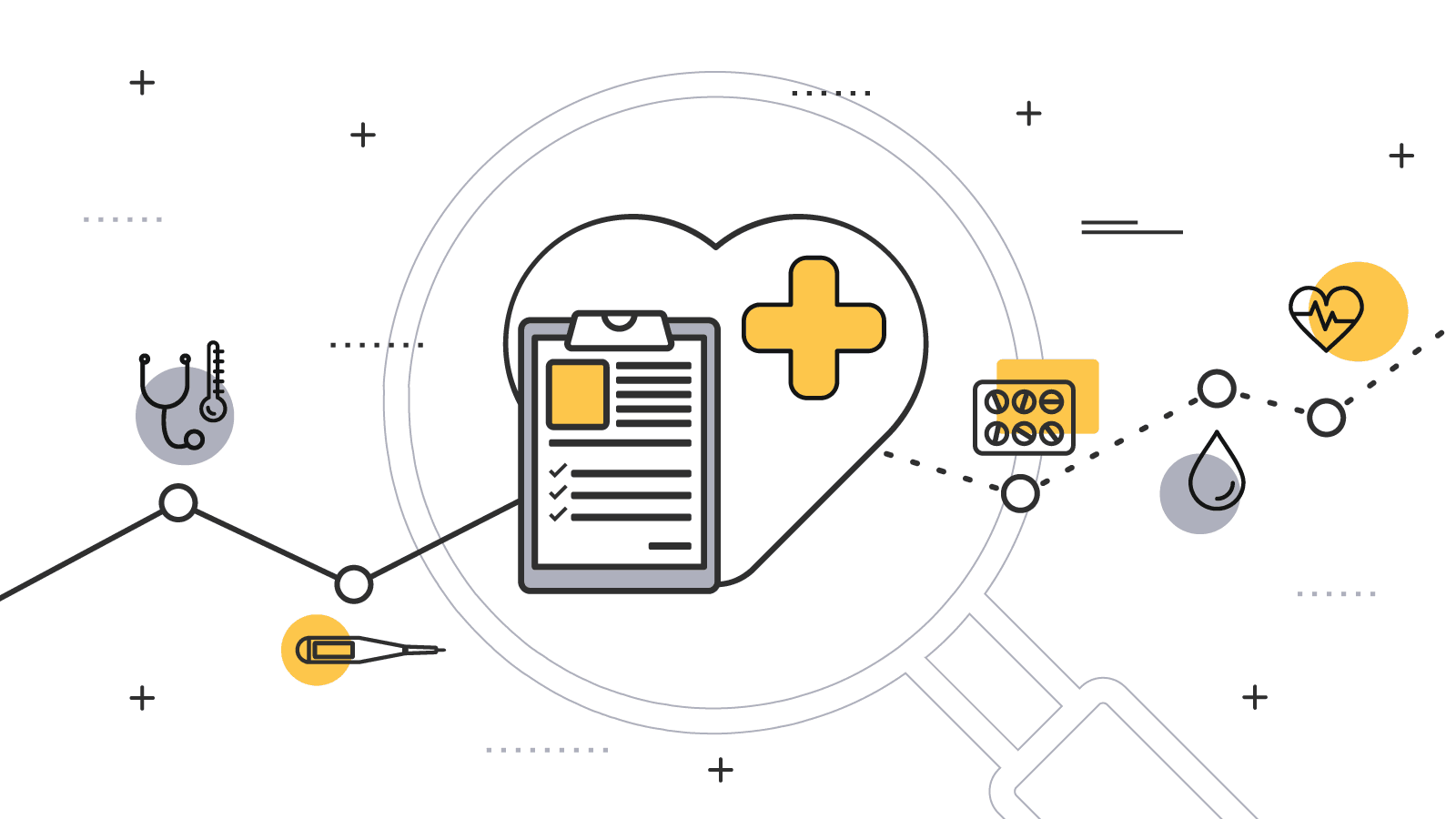Altheia’s Mission

From the desk of Jolly Nanda, Altheia’s CEO.
At Altheia, we’re on a mission to improve the way clinical case managers prioritize, identify, and treat their members with chronic diseases as we introduce our product, Acuvia, to the market. It’s a simple concept but it has so many implications across the healthcare ecosystem.
Today, chronic disease management is done retrospectively using claims data as the standard and takes a one-size-fits-all approach to outreach. According to this McKinsey study, moving to a model where outreach is individualized through an intensity of care strategy, the people who could benefit from case management would be prioritized and that could prevent them from doing irreparable damage to their health while increasing ROI for care management companies.
Our new product, Acuvia, supplements traditional data sources with social determinants of health data and member-provided longitudinal data. Using this expanded dataset to not only surface already diagnosed patients, Acuvia also predicts who is undiagnosed and who might be at future risk. Acuvia then does a relative prioritization within the population, providing a full spectrum of risk profiles and priority to the care management company, and individualized risk assessments to the members across 5 chronic conditions.
If we dig deeper into what using this expanded dataset means in terms of our mission, we must take into consideration the systemic inequities and biases already inherent in the healthcare system.
Here are some examples of these:
In the US, women were not required to be included in clinical research until 1993 when the NIH Revitalization Act was passed by Congress.
Gender bias resulting in disbelief in symptoms: This 2018 study found that that gender bias in pain management found that physicians, irrespective of their own gender, viewed men with chronic pain as “brave” and/or “stoic” while women with chronic pain were viewed as “emotional” or “hysterical”.
This report from the Medical Research Foundation in the UK found that women are over 50% more likely to be misdiagnosed when suffering a heart attack, resulting in more serious outcomes, including death. This is attributable to the research around heart attack symptoms being done on men, and later understanding that women present differently in the clinical setting.
Racial bias resulting in decreased care: This Harvard article references a number of studies that show physicians underestimate the pain experienced by people of color and many avoid prescribing stronger pain medications based on an erroneous assumption that they are more likely to abuse drugs than white people.
This medically-reviewed article from Forbes highlights a growing issue around obesity bias. As Americans from the US are increasingly overweight, long-held beliefs that obesity is purely the result unhealthy decisions of the individual versus a complex disease that also involves the intricate interplay of genetics and environmental factors, is resulting in lower quality of care and poorer outcomes for more people.
These types of biases impact medical treatment for a vast number of diseases, including those we are currently focusing on here at Altheia: heart disease, diabetes, chronic kidney disease, hypertension and COPD. With more diversity in our data and an acknowledgement that these biases are both problematic and widespread, the healthcare sector can easily begin addressing these disparities and inequities without significant incremental cost in the underlying infrastructure: data is already being aggregated; patients are already being seen; and, studies are already being done. What we need across the ecosystem is awareness, education, and a systematic approach to technology that mitigates the risk introduced through systemic bias.
Care and disease management has been an important component in the healthcare ecosystem for two decades without much evolution beyond using historical medical data and segmenting at the population level. Acuvia will help companies in this sector approach population health management in a whole new way: individualized and relevant data at the right time, resulting in better care, lower costs and a healthier member.
In our predictive models, we are collecting a significant amount of data from claims, lab results, clinical chart data and social determinants of health data provided by members. Any incremental cost in bringing in the data diversity is negligible; however, the benefits of being able to use it are enormous. Not only can we see new correlations, but we can also use it to make our models even more individualized to improve outcomes for people.
And that brings us back to our mission: making healthcare personal and bringing a product to market that will address long-standing disparities and inequities in the healthcare sector. Making a difference for everyone is what drives us every day.






